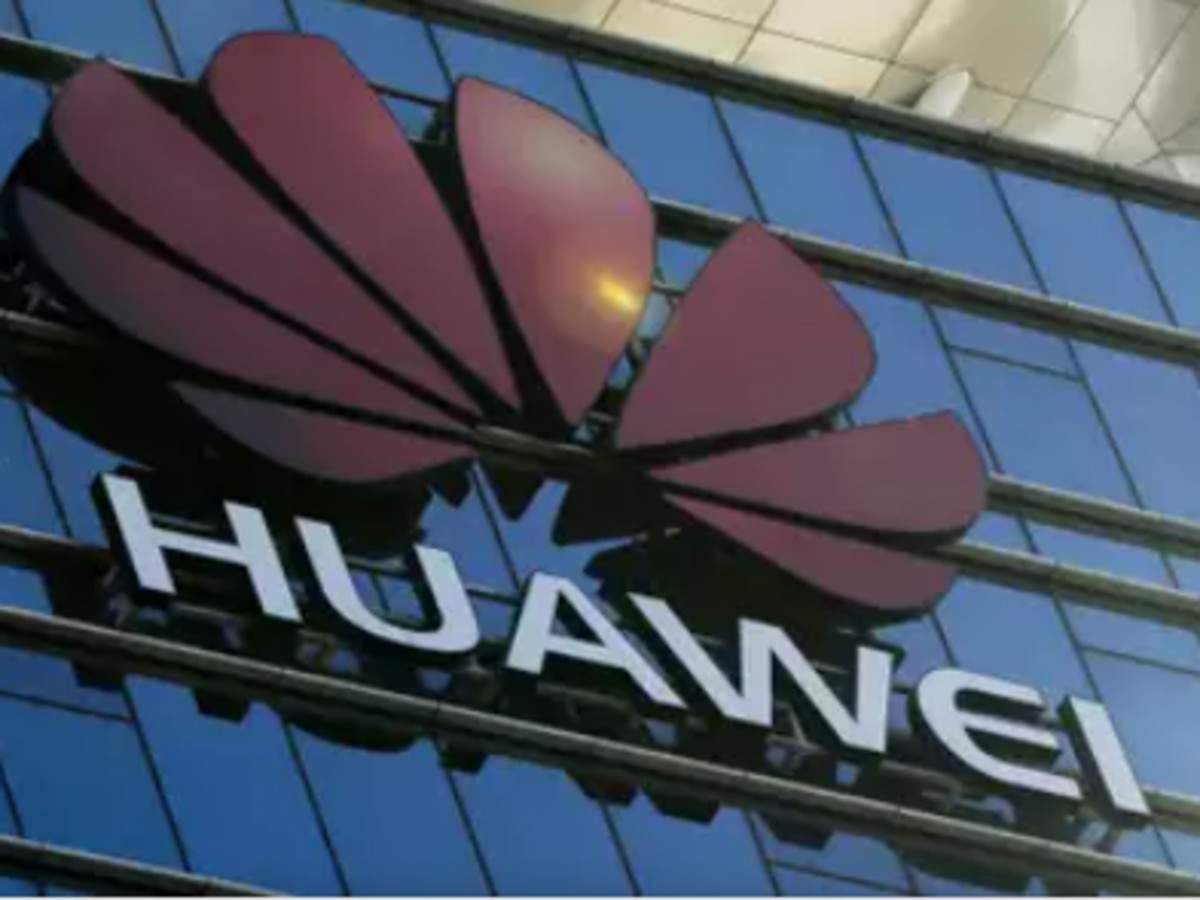
On the prime of the desk with 41.4 per cent share, Huawei cautiously managed its shipments throughout its product lineups and lowered the manufacturing of some widespread fashions just like the Mate 30 collection.
Its channel administration and prioritisation additionally resulted in a provide scarcity within the lower-tier cities, delaying purchases from loyal clients, stated IDC ‘Worldwide Quarterly Cellular Cellphone Tracker’.
“The escalated US commerce restrictions in August finally impeded Huawei’s momentum in its residence market. Nonetheless, the ban didn’t cool off the keenness of native Huawei loyalists that supported Huawei’s market share to remain above the 40 per cent mark,” stated Will Wong, Analysis Supervisor for Shopper Devices at IDC Asia/Pacific.
At a distant second place with 17.8 per cent market share, Vivo put extra concentrate on numerous shopper segments at totally different worth factors and recorded a narrower decline from a 12 months in the past.
The seller continued to penetrate the lower than $300 phase with the 5G-enabled Y-series whereas enhancing its positions within the mid-range and high-end segments with the brand new S7 and iQOO 5 collection in addition to the X collection flagship.
OPPO at third place with 16.6 per cent market share narrowed its decline from a 12 months in the past by specializing in the $200-400 5G phase.
Xiaomi was at fourth place with 13 per cent marlet share. And Apple fifth with 8.3 per cent market share in China.
Apple’s delayed iPhone 12 launch resulted in decrease shipments in comparison with the identical interval final 12 months.
“Nonetheless, Apple managed to mitigate the shortfall with its iPhone 11 collection, because the fashions nonetheless carried out effectively in each on-line and offline channels and can proceed to be promoted within the upcoming Singles’ Day buying competition,” the report famous.
China has to date shipped a complete of 117 million 5G handsets since 2019, with 49.7 million in Q3 2020 alone.






